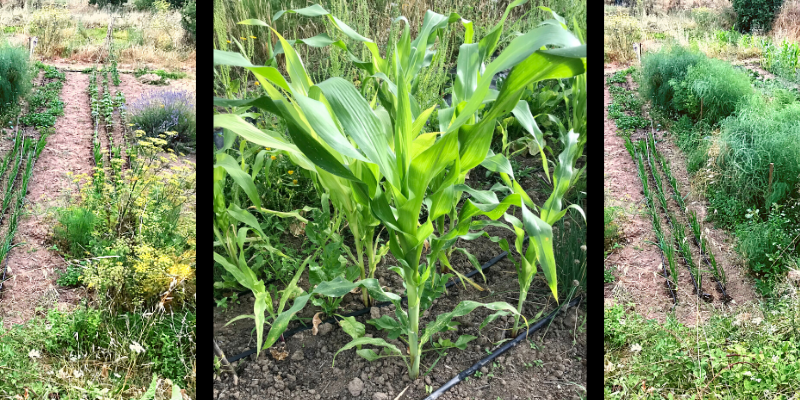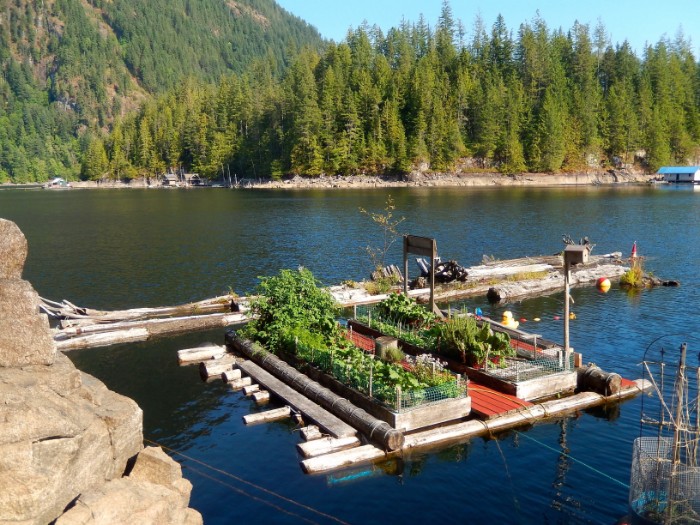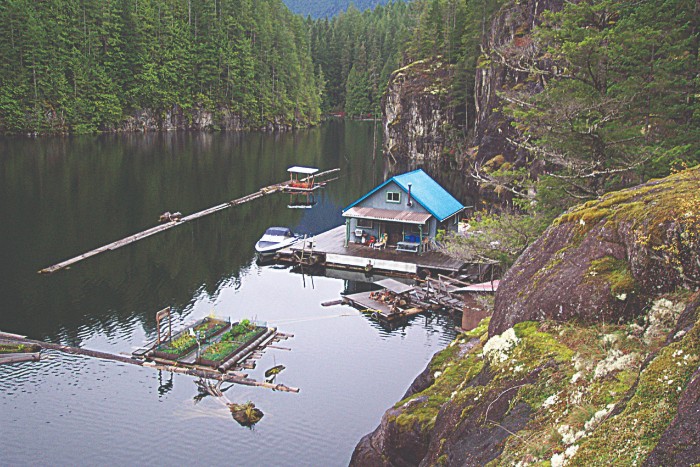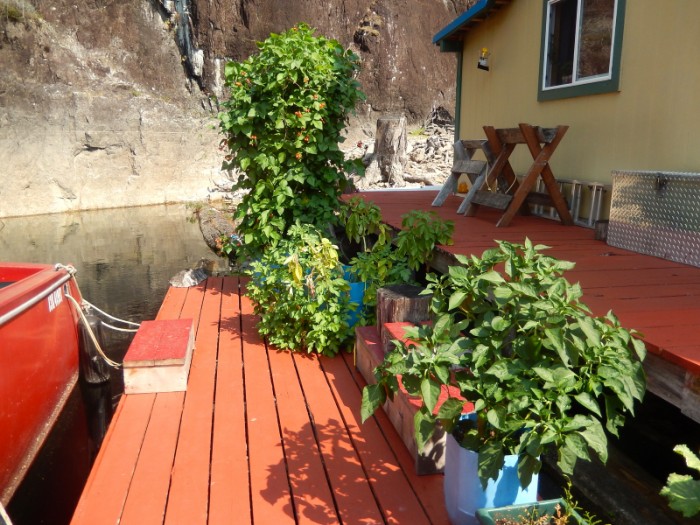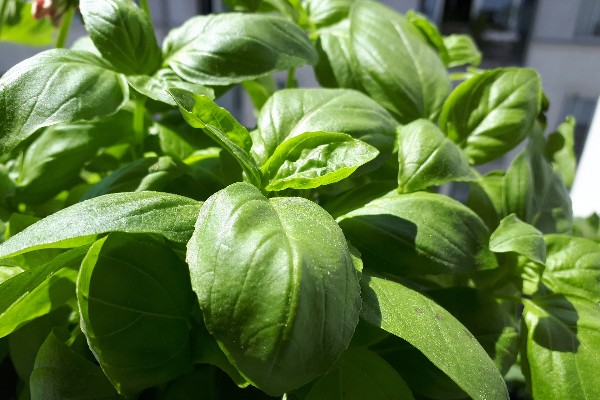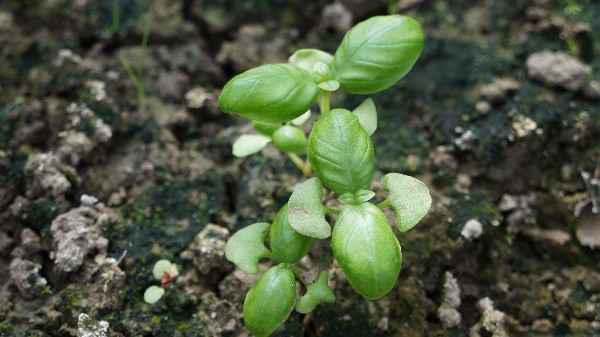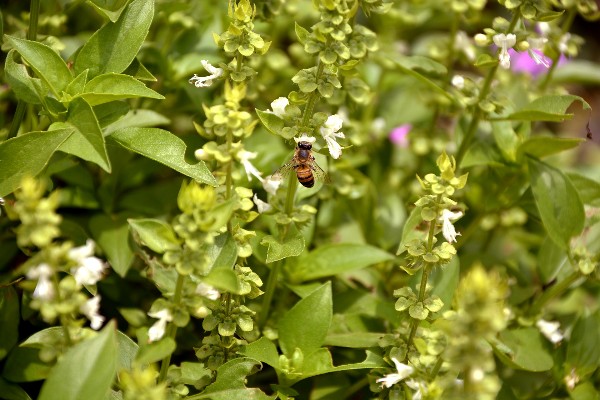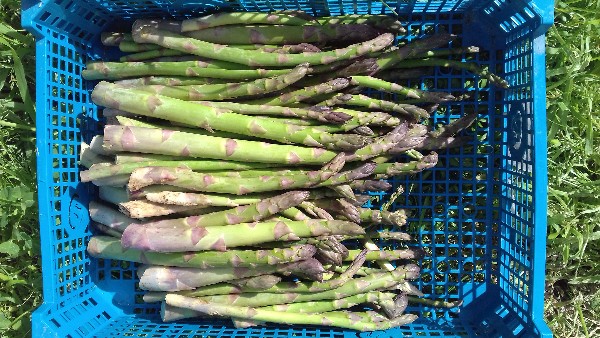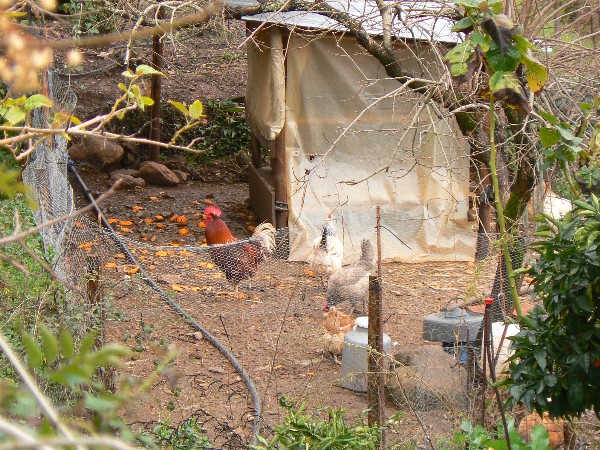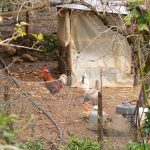What could you do to become more self sustainable? Well, start your own vegetable garden.
These are not easy times, things are not as they used to be and nobody knows what we can expect in the coming year.
What keeps us going is that we can become a bit more self sustainable on our homestead. And so can you, I will show you in a bit.
This year we were not going to do so much in our vegetable garden. We have our goat cheese project going and we needed to upgrade our tourist accommodations. Since we thought that would be a lot of work already we decided not to grow a lot of vegetables this year.
But it all changed. There will be no tourists coming this year, the ones that booked cancelled their bookings. Apart from that we fear that prices for food will go up in the unavoidable economic crisis that will follow.
So there we were. We had to go a step back, or maybe it is a step forward in a way. We dug out the garden tools, filled a lot of bags with the compost we had made from the goat manure and off we went to the vegetable garden. Now our garden down on the river terrace on our land is planted with a lot of small vegetable plants. Hopefully they will grow and we will have plenty.
For us this is just a little move back to self sustainability, we’ve been there done that and now this comes in handy.
But what if you’ve never done anything like that? Where and how could you start?
Here is a simple guideline how you can start your own vegetable garden!
Well, its a bit of an effort, but imagine you’ll be growing your own food!
To make it doable I broke it down into weekly tasks.
Week 1
Pick a place for growing your vegetable:
in your garden in the soil or on raised beds. Or if you have no space around your home, you could rent an allotment at the edge of the town where you are living. Go to the allotments and ask the people that are working there on a Sunday morning. They will be able to tell you where and how to rent one of the allotments.
Get yourself some tools,
like a haw and a spade and some handtool to clean up the place and get rid of the weeds.
Look for some compost or manure.
Ask the people from the allotment where to buy it. There might be a farmer in the neighbourhood that wants to get rid of some manure. People that are keeping horses are often a good source of compost or manure. If you can not get hold of it buy a bag of sheep manure pellets or something similar. A garden center will have it. And when that’s closed try the places where they sell animal food for sheep or cattle, these places often have a department that sells gardening stuff as well.
Week 2
Divide your vegetable garden into plots
in 1.20 m wide beds with 60 cm path in between.
Enrich & prepare the soil
of your cleaned plot with the compost, manure or pellets. Don’t overdo it. Two or three buckets of horse or cow compost per m² will do. When you bought pellets, a hand or 5 per m² will do fine. Work the compost or the pellets well into the soil.
The end result should be nice loose manured soil.
When the soil is sandy and soft, mixing the compost or pallets into the soil well will be sufficient.
With compacted soil: till the compost or pallets into the soil. This is how you do it:
- push a spade or a fork into the soil vertically (with your foot or even by standing on the edge of the spade),
- push the handle down to push up the soil on your spade or fork,
- then simply flip the soil back into the hole upside down,
- if the soil stays in one block: break up the block.
This way you turn the first layer of the soil. You are doing 2 things at a time: working the manure into the soil and loosening up the soil.
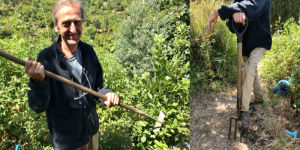
Week 3
Buy plants for your vegetable garden.
Really, that is the easiest way to get good vegetables fast.
You’ll save time growing them from seeds. And growing plants from seeds is more complicated.
Why?
Because you have to know how they look when they sprout and you will have to take the weeds from in between the tiny plants. It’s a risky business and something you will have to practice over time. For a starter who wants quick results it’s much easier to start with plants that you buy.
When buying plants is not possible try your friends and neighbours that already have a vegetable garden, they often have too many plants seeded and are likely to give you some since they find it hard to throw away plants that they have grown from seeds.
Plant your plants in the beds.
Look up the distancing of the plants on the internet. Tomatoes need a different distance from each other then beetroots.
At the beginning the plants look tiny in their big space, but no worries the space will fill up. Properly distanced plants will grow better.
Don’t go into fancy gardening methods.
Plant e.g. all tomatoes together in nice rows. Do the same with the other vegetables. Over the years you can start experimenting, but give yourself a chance to get started.
Fancy gardening methods can be complicated for a starter and instead of making gardening fun it can become a nightmare with no results. So: start simple!
After that: Keep your garden clear from weeds.
Believe me: there are no gardening methods that save you from clearing weeds.
No escape, you will have to do it.
What we find the easiest is using a haw. You can use the tool standing upright. Important thing with a haw is that you weed very frequent, like ones a week. The trick is that you weed the weeds when they are still tiny, do not let them grow big. This way weeding will be easy and quick and no big effort.
Tip: to avoid weeding your vegetable plants by accident do not use the how around the plants but use your fingers to clear away the weeds around the plants.
Water the plants when needed.
This is what I do to know whether the plants need water: I stick my finger in the soil right next to a plant. When the top 2 cm are dry and i feel just a little moisture at the tip of my finger I water the plants.
[success icon=”fa-picture-o” ]If you have doubts about starting to grow your own vegetables or need any help or advise: send me an email and ask! Really I do not mind at all to get your email. I am looking forward to get it. I really hope you will start to grow your own food and enjoy its results.[/success]
Do you want to know more about vegetable gardening?
Here are some of our other blog posts:
Where To Start Your Vegetable Garden, Some Things To Consider.
How To Analysing The Soil From Your Vegetable Garden.
Prepare your Vegetable Garden with Chickens
Our Vegetable Garden in Monchique
